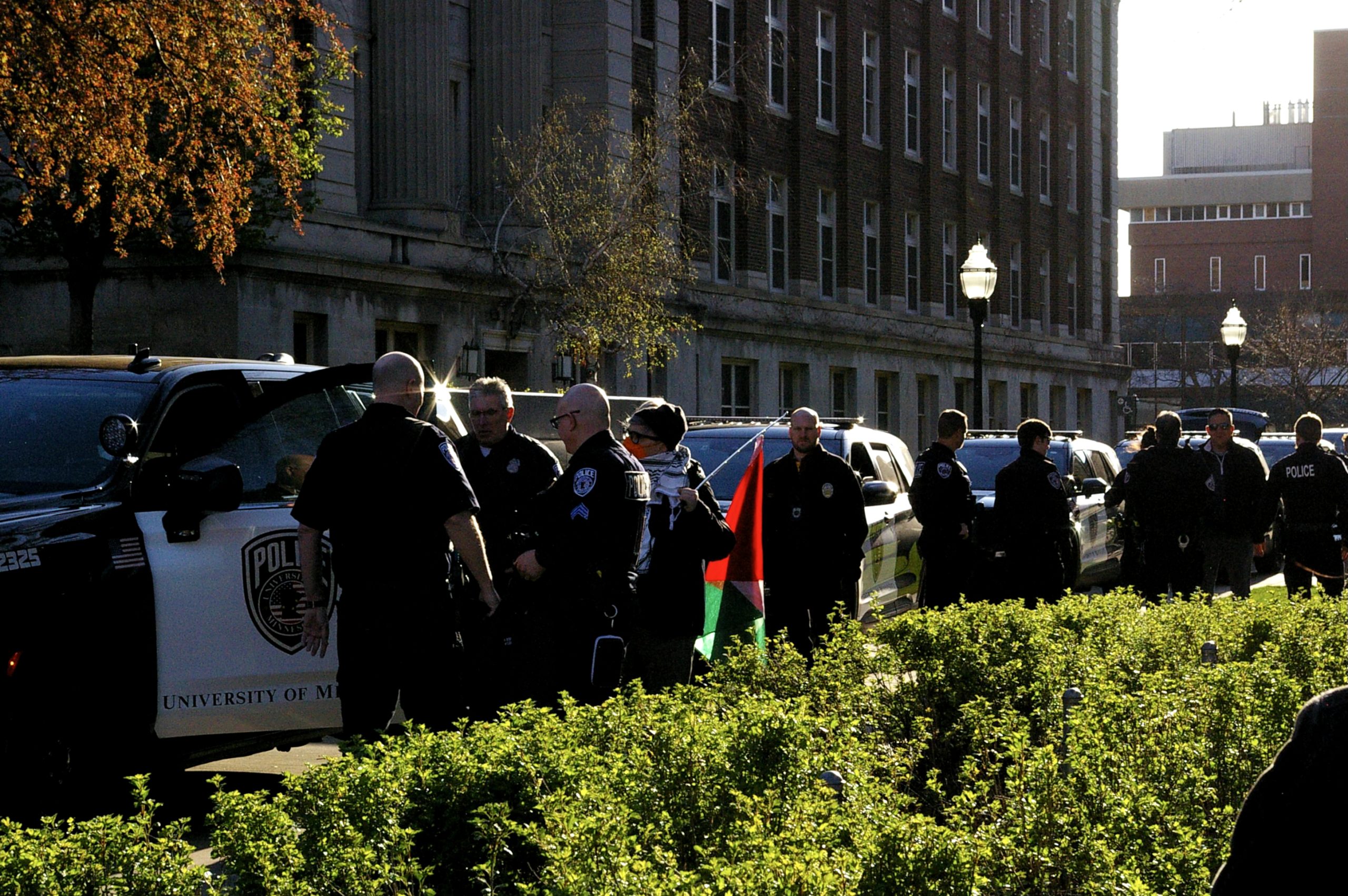The role of a modern natural history museum is to serve as a center that translates the work of research scientists through exhibits and public programming âÄî not to preserve a slice of history or serve as a museum of museums, as Robert Downs implies. The current Bell Museum, with its static displays, Depression-era layout and poor classroom space, prevents museum staff from fully delivering on their mission of education and outreach to both University of Minnesota students and citizens of the state. Indeed, many Minnesotans visit the museum three times in their lives âÄî as children, as parents and as grandparents âÄîand the latter two times they marvel at how the old building seems unchanged after decades. TheyâÄôre right; despite the fact the biological research and the environment are some of the hottest topics in contemporary science and a major force in the 21st century economy, the buildingâÄôs design hasnâÄôt allowed for change in 68 years. A new facility on the St. Paul campus would link the museumâÄôs research staff and scientific collections to the museumâÄôs outreach staff responsible for exhibits and programming, including programming for K-12 schools across the state. Dynamic new exhibit spaces would highlight the UniversityâÄôs cutting-edge biological research, and the outdoor areas of the museum would serve as an educational facility for students of all ages, year-round. Adaptable, modern exhibit halls and outdoor space, coupled with modern amenities, would also draw new visitors, vastly increasing current attendance âÄî and revenues. Lastly, funding for the museum will not come from tuition dollars, and cancellation of the project will not result in a decrease in tuition. Downs can also be assured that the old museum building will likely remain exactly where it is, adding that touch of refinement âÄî and nostalgia âÄî to a historic section of campus. Andrew Simons University professor and Bell Museum curator










